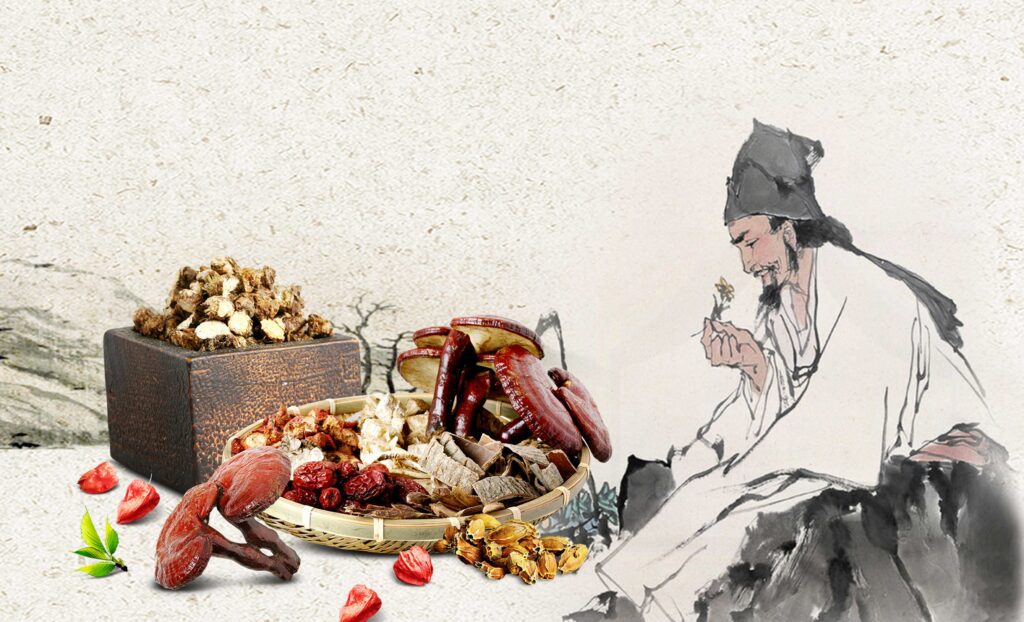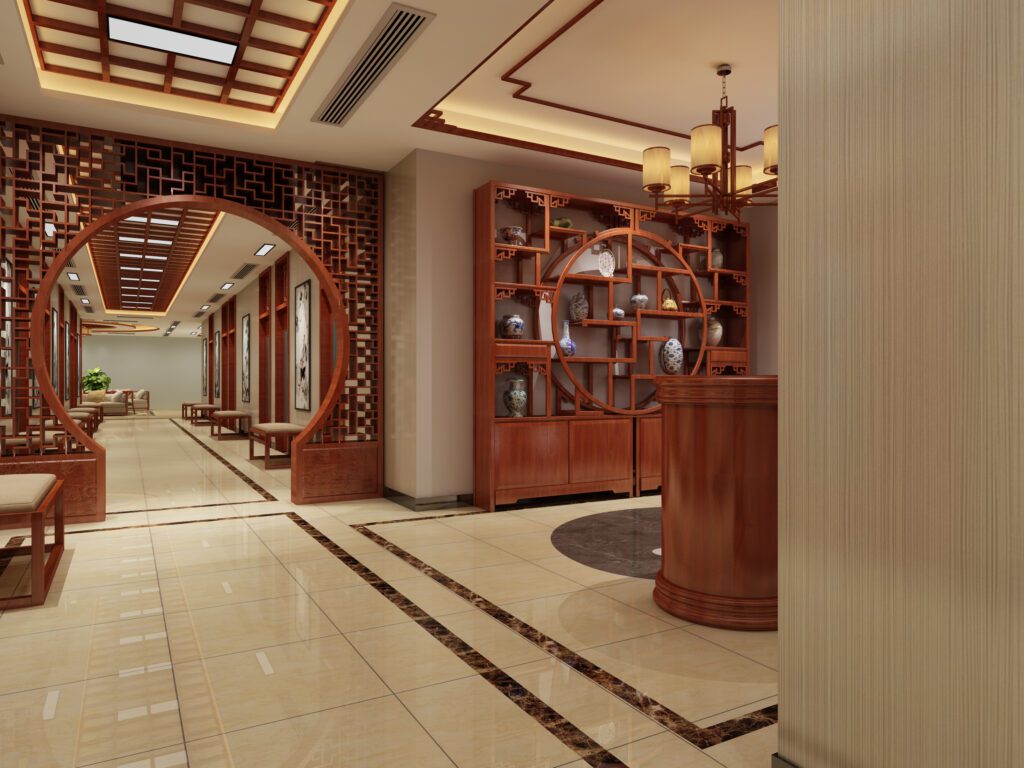Traditional Chinese medicine
Overview
Traditional Chinese Medicine (TCM) is a holistic approach to treating a person’s mental and physical health problems. It developed thousands of years ago, and its core practices have changed little since then.
Chinese medicine is a kind of traditional treatment method and philosophy of physical balance in China. It has a long history more than thousands years, while it still important and are even spread around the world. The goal of TCM is to restore harmony within an individual and balance the forces of yin and yang, which are components of qi.

How did traditional Chinese medicine begin?
The history of Chinese medicine begins about the second century BC because there are no clear records of medical techniques that are older that. There exist written descriptions about disease from the Shang Dynasty era (1600-1046 BC), but there isn’t a record of their medical techniques.
Traditional Chinese medicine (TCM), system of medicine at least 23 centuries old that aims to prevent or heal disease by maintaining or restoring yinyang balance. China has one of the world’s oldest medical systems. Acupuncture and Chinese herbal remedies date back at least 2,200 years, although the earliest known written record of Chinese medicine is the Huangdi neijing (The Yellow Emperor’s Inner Classic) from the 3rd century BCE. That opus provided the theoretical concepts for TCM that remain the basis of its practice today. In essence, traditional Chinese healers seek to restore a dynamic balance between two complementary forces, yin (passive) and yang (active), which pervade the human body as they do the universe as a whole. According to TCM, a person is healthy when harmony exists between these two forces; illness, on the other hand, results from a breakdown in the equilibrium of yin and yang.
The practice of traditional medicine
To restore harmony, the Chinese healer may use any of a staggeringly large array of traditional remedies.
The patient may be treated with acupuncture or acupressure, moxibustion (moxa treatment), or cupping (in which hot glass cups are placed on the patient to draw blood to the skin). The Chinese healer may prescribe a brew prepared with one (or some combination) of thousands of medicinal plants or dried animal parts (e.g., snakes, scorpions, insects, deer antlers) in the Chinese pharmaceutical armamentarium.
In acupuncture thin needles are inserted into specific points along the meridians.
The needles stimulate the meridians and readjust the flow of qi to balance the body’s yin and yang. In place of needles, massage (acupressure) can also be used to stimulate the acupuncture points. Acupuncture is sometimes accompanied by moxibustion, the burning of small cones of an herb (typically Artemisia moxa) at acupuncture points. Not only can the meridian network be used to alleviate symptoms; it can also endow TCM with the ability to change consciousness in those who receive treatment.
How to do ?
A TCM practitioner uses smell, hearing, voice vibration, touch, and pulse diagnosis to discover the source of an unbalanced health condition, which organ it is related to, and which meridians are affected. In addition, the practitioner typically makes use of what is known as the five agents, or five phases (wuxing). By observing natural law in action, ancient healers recognized five basic elements in the world—wood (mu), fire (huo), earth (tu), metal (jin), and water (shui)—and found that these elements have myriad correspondences, both visible and invisible. This framework helps skilled TCM practitioners to identify unbalanced relationships. For instance, one key correspondence relates to time of day. If an individual always gets a headache at 4 PM, this signals that Bladder qi is unbalanced, since the Bladder (of the TCM Kidney/Bladder organ pair) is in charge of maintaining the body’s functions at that time. Using the five-element theory, the practitioner can create a healing plan that might contain such components as acupuncture, herbs, lifestyle changes, and foods for healing. It might also include Chinese psychology, which shows how the energy of unbalanced emotions can affect proper organ function.

Similar Ancient Medical Practices and Ideas
Could it be that the ancient concepts came from abroad? It is interesting that many similar traditional practices and ideas were believed around Eurasia at about the same time. For example, the traditional Five Phases concept seems similar to the Greek scientific ideas of the Five Elements (Earth, Water, Air, Fire, and Aether) that date from before Socrates and were widely believed by Europeans until modern times. The concept is also similar to the ancient Indian and Buddhist ideas of the Four Elements (earth, water, fire and air).
The idea of Qi was described in the Yellow Emperor’s Inner Cannon. Traditional medicine practitioners actually believe that there are various kinds of qi. It is thought that various techniques such as acupuncture and cupping can manipulate the various kinds of qi. Fire cupping also was practiced in the Western world and Egypt long before Christ. The cupping technique was used in the ancient West to manipulate the “humours.” That seems similar to the concept of manipulating the kinds of qi. But whether East and West shared medical knowledge long ago isn’t known.
The role of qi and meridians
An essential aspect of TCM is an understanding of the body’s qi (life force; literally, “vital breath”), which flows through invisible meridians (channels) of the body. This energy network connects organs, tissues, veins, nerves, cells, atoms, and consciousness itself. Generally speaking, there are 12 major meridians, each of which connects to one of the 12 major organs in TCM theory. Meridians are also related to a variety of phenomena, including circadian rhythms, seasons, and planetary movements, to create additional invisible networks.
Kings Park Chiropractic, We offer allied health services since 2018, We offer various Chiropractic Disciplines. Our team is highly-trained and experienced.
Western Sydney Chiropractic Clinic Serves Suburbs – Chiropractor Near Me
Seven Hills NSW 2147
Kings Langley NSW 2147
Kings Park NSW 2148
Blacktown NSW 2148
Baulkham Hills NSW 2153
Norwest NSW 2153
Castle Hill NSW 2154
Rouse Hill NSW 2155
Kellyville NSW 2155
Kellyville Ridge NSW 2155
Schofields NSW 2762
Quakers Hill NSW 2763
Marsden Park NSW 2765
Box Hill NSW 2765
Rooty Hill NSW 2766
Stanhope Gardens NSW 2768
The Ponds NSW 2769

